Sound recognition Normal Alphabet Worksheets for Ages 5-8
11 filtered results
-
From - To
Discover engaging Sound Recognition Normal Alphabet Worksheets designed for children aged 5 to 8! Our interactive materials help young learners connect letters with their corresponding sounds, improving phonetic awareness and enhancing reading skills. Each worksheet features fun activities that make sound recognition enjoyable, from matching letters to words and identifying pictures with initial sounds. Perfect for at-home practice or classroom use, these worksheets will spark your child’s interest in language and support their early literacy development. Build a strong foundation for reading success with our thoughtfully crafted resources, tailored to guide children on their educational journey every step of the way!


Blending Consonants: "Fl", "Bl" and "Gl" Printable
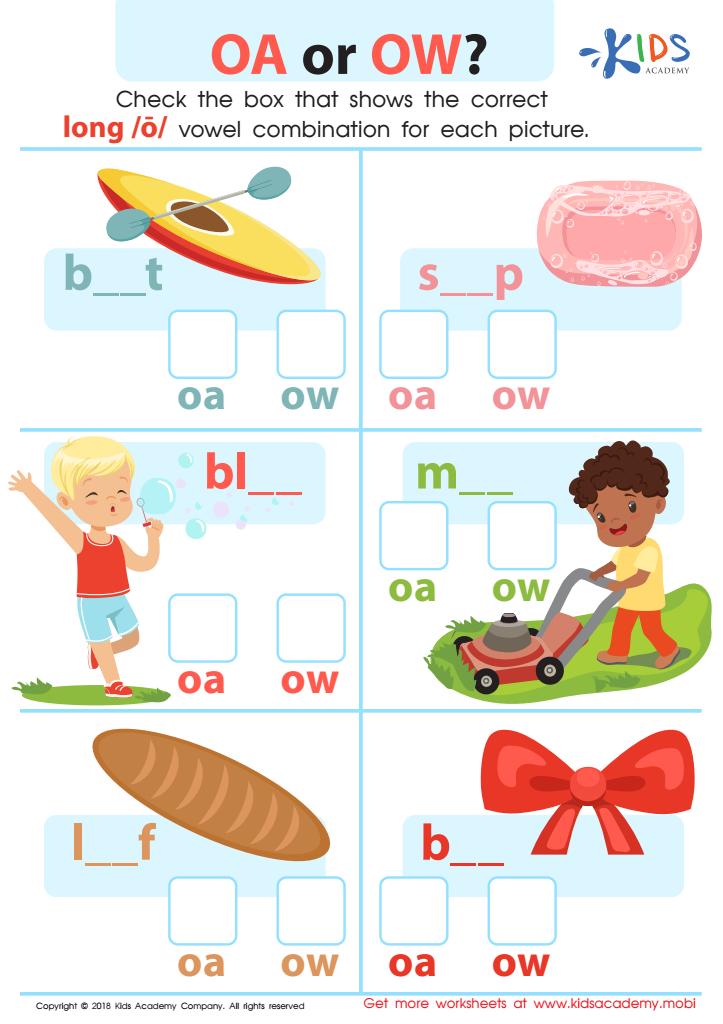

Reading: OA or OW Worksheet


What Do You Hear? Worksheet


Rhyming Words Rhyming Worksheet
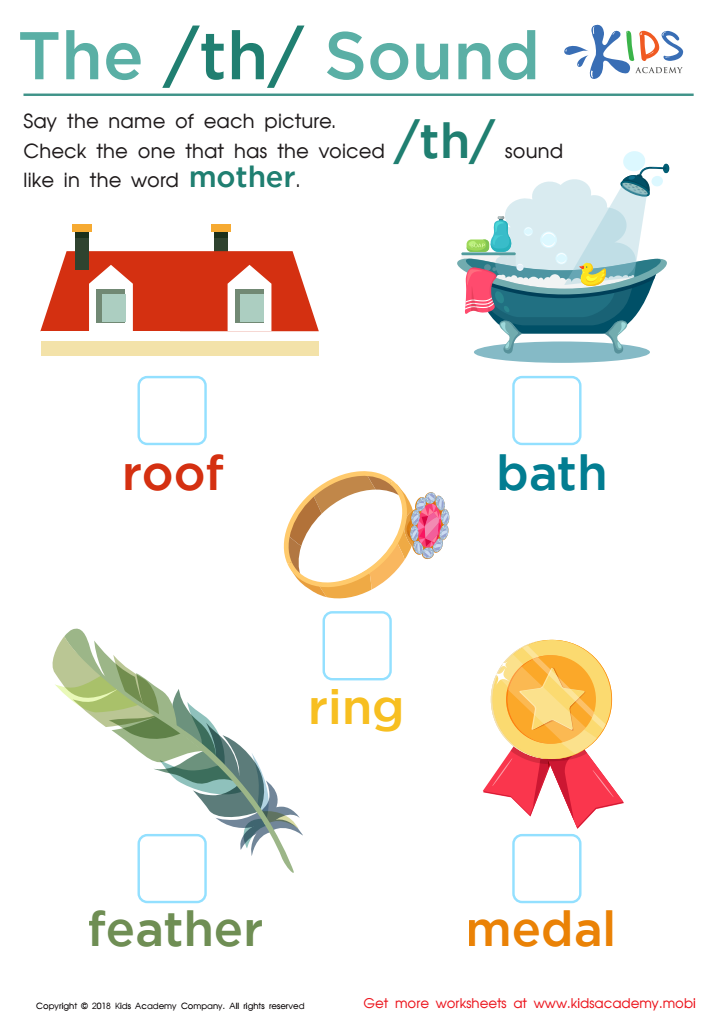

The /th/ Sound Worksheet


Long and Short U Worksheet
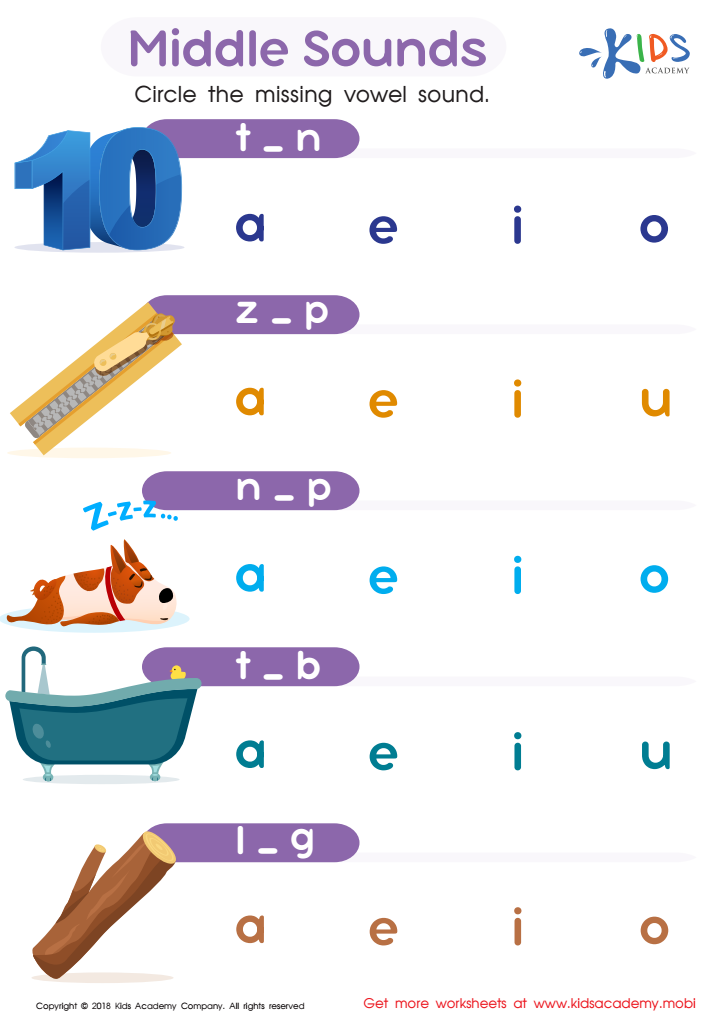

Middle Sounds Worksheet
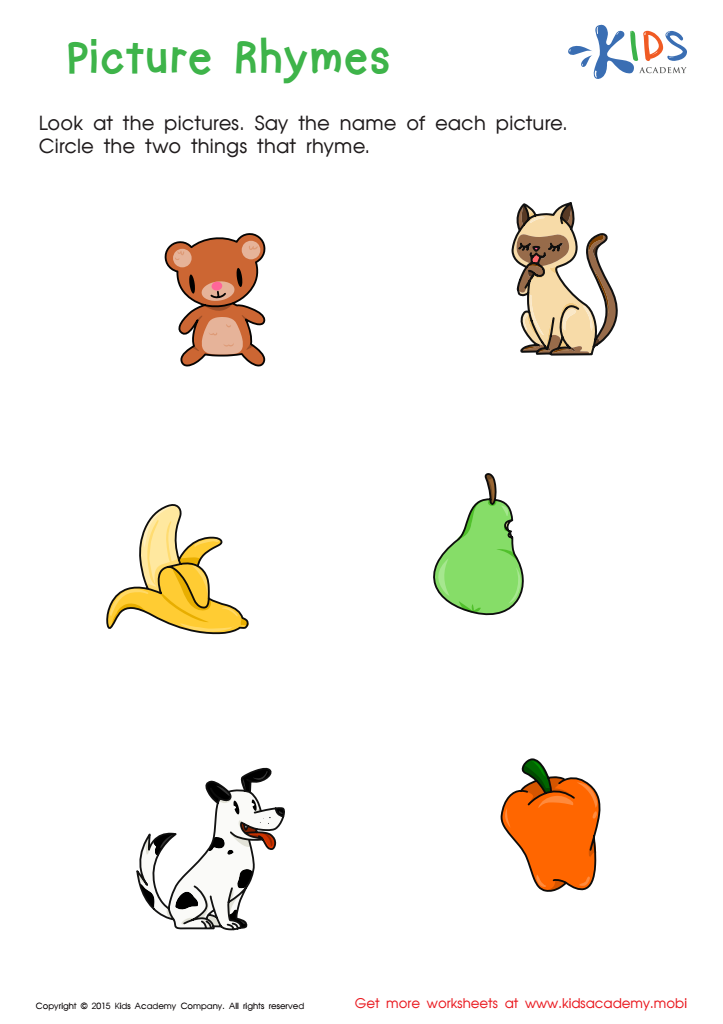

First Words: Picture Rhymes Worksheet
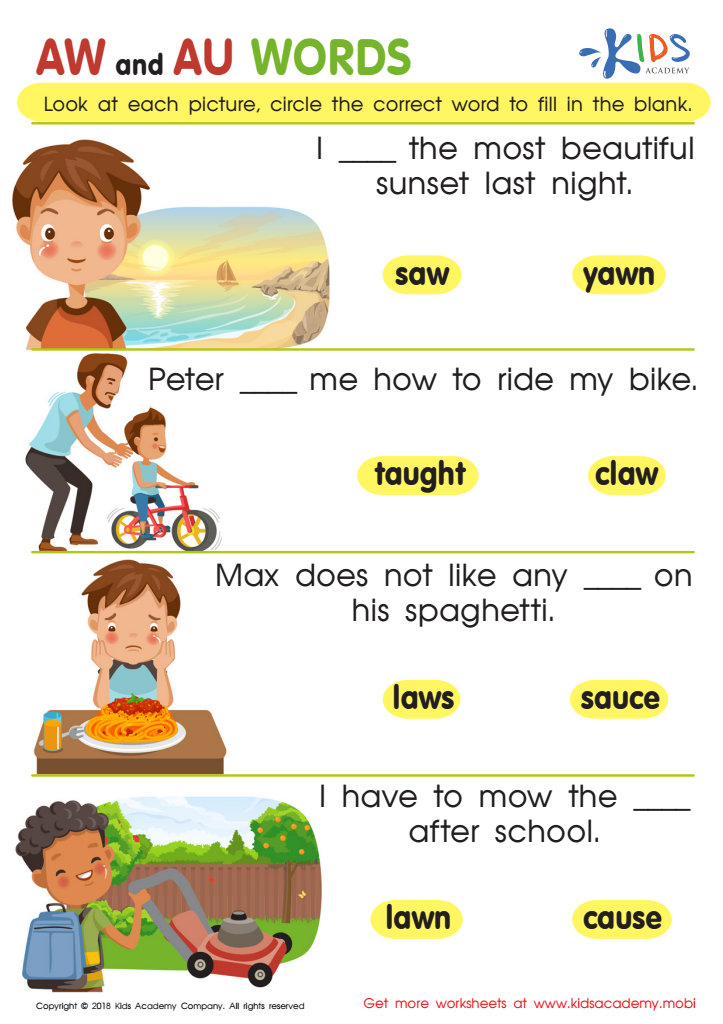

Reading: AW and AU Words Worksheet
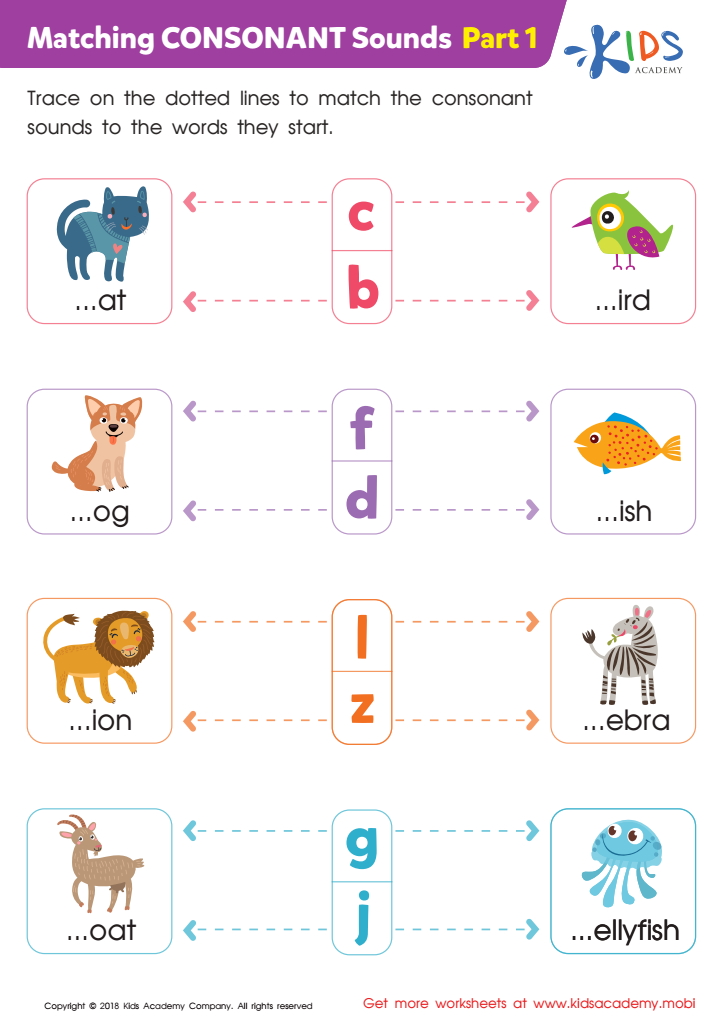

Matching Consonant Sounds: Part 1 Worksheet
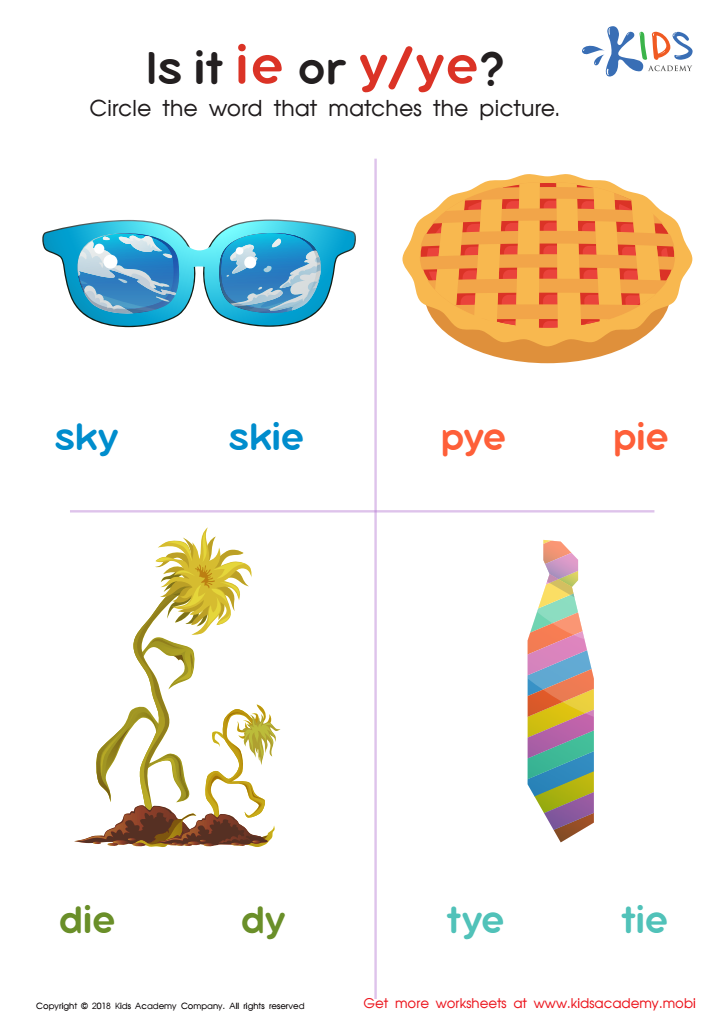

Is It IE or Y/Ye? Worksheet
Sound recognition and the Normal Alphabet are crucial for children ages 5-8 as they form the foundation for literacy and effective communication. At this age, children are transitioning from pre-reading skills to actual reading, making it essential for parents and teachers to prioritize these skills. Understanding sound recognition enables children to decode words, crucial for phonics and reading fluency. As they learn to associate sounds with specific letters, they gain confidence in their ability to read and write independently.
Moreover, sound recognition enhances listening skills, critical for language development and comprehension. Children who can recognize and manipulate sounds often excel in spelling and vocabulary, leading to overall academic success. Additionally, this foundational knowledge positively influences other subjects, such as mathematics, through developing analytical skills.
Parents and teachers should actively support sound recognition activities, including rhyming games, phonemic awareness exercises, and interactive reading sessions. Creating an engaging environment promotes not only literacy skills but also a love of learning. Ultimately, investing in sound recognition and the Normal Alphabet at this early stage sets children on a path towards lifelong learning and communication proficiency, equipping them with the essential tools for future educational endeavors.
 Assign to My Students
Assign to My Students



















